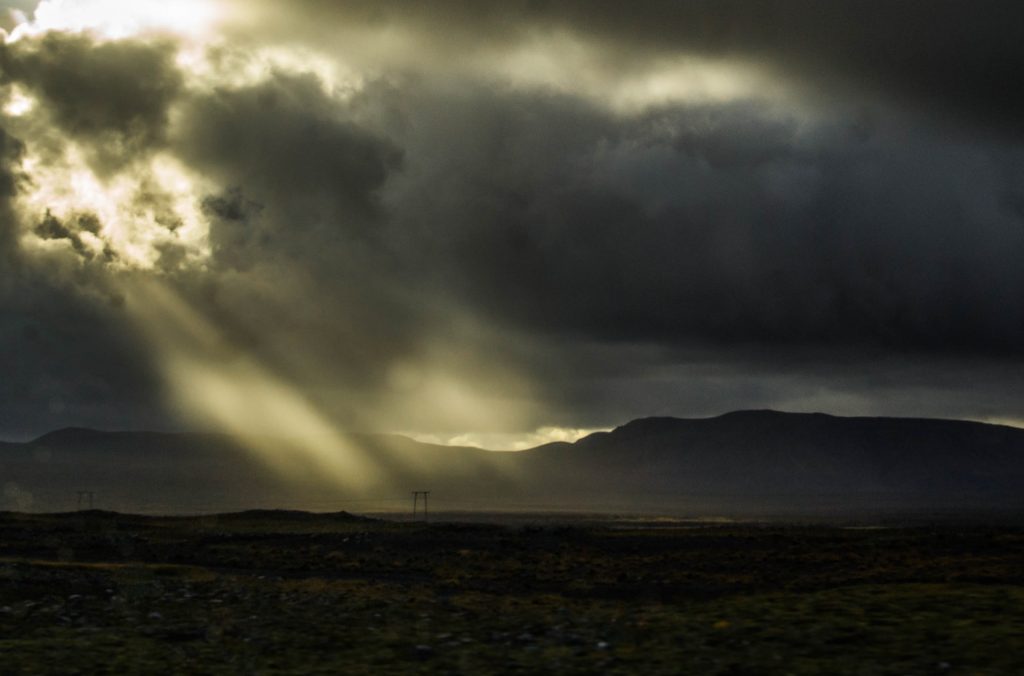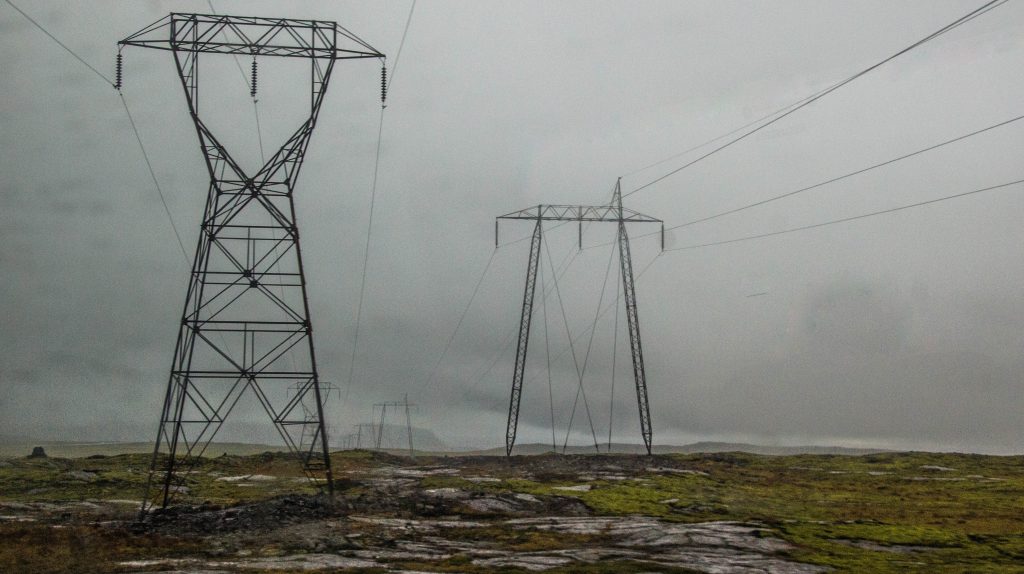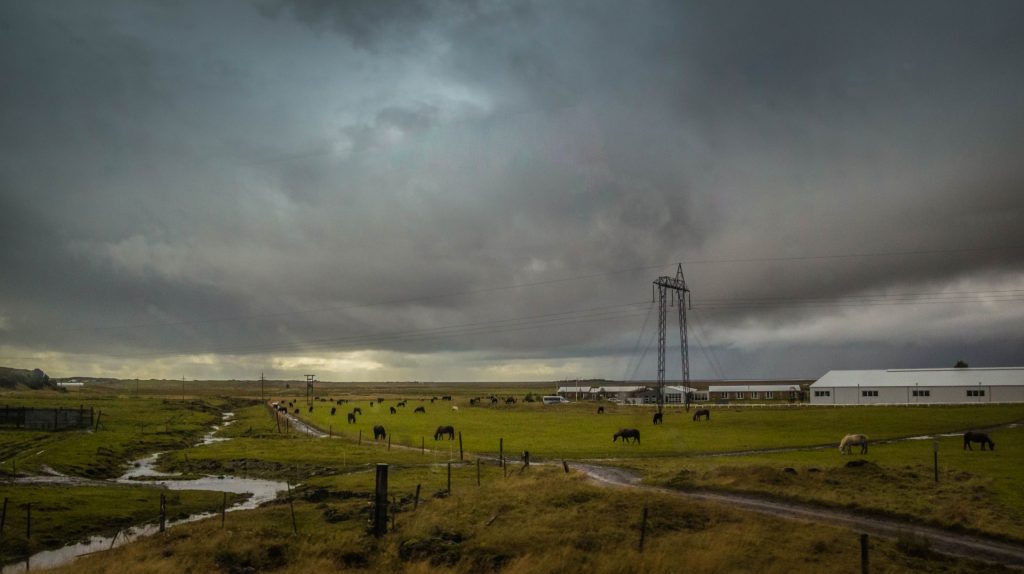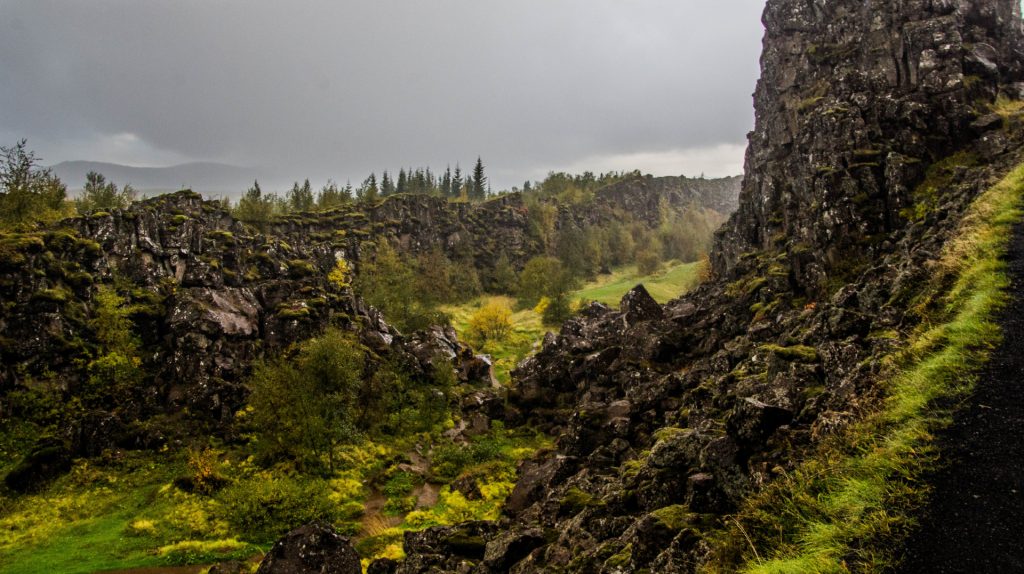Iceland is all landscape photographers' dream travel destination, and back in September I was fortunate enough to spend all of 20 hours there in connection with a return flight from the US to Denmark.
The deal with Icelandair was the following: get an insanely cheap flight to US and in return spend a little time - and money - in our beautiful, volcanic country. I figured, why not? I knew that whatever I saved on the plane ticket, I'd probably spend in Iceland, but the prospect of getting to shoot some of the most fascinating landscapes in the world intrigued me.
So after a little research I booked a six-hour bus tour covering what's known as The Golden Circle, the southwest corner of Iceland where spectacular scenery is as plentiful as it is accessible. I was ready.
I arrived in Reykjavik at 6 o'clock in the morning on September 20 2016 after a seven-hour flight from Seattle. Having been unable to sleep on the plane, I was beginning to have some slight doubts about this whole endeavor. It didn't help that I had six hours to kill before the bus tour even started, 50 minutes of which were spent on a shuttle bus going from the airport into the city of Reykjavik. A lot of the landscape that we passed on the way looked rather bleak, to put it mildly. The clouds were almost as black as the volcanic soil. Even the rays of sun seemed hostile, like big, extra-terrestrial search lights sweeping the ground looking for surviving humans.

Was this dark, bare landscape really the magical Iceland I had heard so much about? At this point I wished I'd just spent $200 more on that plane ticket and gone straight home to my warm, Danish bed.
Well, it was too late for regrets. I had to make the best of it. That included walking a couple of kilometers from the bus depot to downtown Reykjavik. If the country had indeed been taken over by aliens, a good bet was that their overlord could be found inside that dome in the background of the below picture.
I didn't go to find out, but continued the opposite direction and, with the help of Google Maps, soon made it to the city center. Reykjavik is much bigger than I imagined and seems to be going through both some serious growth and an architectural update, including the brand new city hall as seen here:
After a 30-minute pit-stop at the local public library (always to the rescue when you most need them), I was ready for a little more exploration and found my way to a park rising above downtown and offering this view of the harbor and the new performing arts center Harpa.
Then the rain started.
It had been threatening to rain since I'd left the airport. I had felt plenty of drops and hoped it wouldn't amount to more than that, but as I continued my walk through the city, the rain started pouring from a steel gray sky from which the dots of blue and rays of sunlight had now completely vanished. I had to find refuge in a covered bus stop and sat there shivering with cold for an hour while bus passengers came and went. The fact that I didn't take a single picture of life buzzing by on this busy Reykjavik street tells you all about my state of mind. I was hungry, tired, wet, jet-lagged, sore, and just plain miserable.
Finally, the time came when I had to go to the pick-up place for the Golden Circle bus tour. A small shuttle bus took me back to the bus depot where the actual bus departed from, and we were on our way. When I say "we" I mean myself and about 10 other tourists, the driver, and a male guide who, in his own quiet, understated way, entertained us with jokes about volcanic eruptions and all the other hard conditions Icelandic people had to endure.
The first part of the tour went through some more bleak, and yet fascinating landscape, where overland pipelines transporting thermally heated water criss-crossed the treeless hills, and electric powerlines towered above us like deadly steel triffids.
Things became a little more hospitable when we picked up two more passengers at an idyllic horse breeding ranch. The stumpy, long-haired, and extremely tough Icelandic ponies are one of the country's primary exports, and they supposedly cost fortunes.
The first real stop of the tour came after about an hour's drive (during which I think I dozed off for a few minutes, the first sleep I'd had in close to 24 hours). It was the famous Haukadalur geyser area where a geyser named Geysir actually gave name to... well... geysers.
Although I have experienced geysers several times in Yellowstone National Park, steaming water shooting out of the ground will always be one of the most awesome natural phenomenons you can witness. A short let-up in the rain even made it possible to get some decent pictures, and unlike most geysers in Yellowstone, here you didn't have to wait hours, days or months for an eruption. This particular specimen knew how to please a crowd and released its load of boiling water every 10-15 minutes.
Before the next stop, we passed through a landscape that was turning more and more breathtaking. There were no huge mountains chains on the horizon - in fact, in places it was almost flat - but rivers and creeks were everywhere, framed by lush green colors and this characteristic soft icelandic light that despite the cloud cover still felt quite tangible.
Having not really studied the Golden Circle in advance, nothing had prepared me for what came next. Sure, the guide talked about a waterfall. I knew waterfalls. I'd seen tons of waterfalls two weeks previously in Canada. They didn't come much better than that.
Except, they did. After a short hike from the parking lot, what revealed itself in front of me was one of the most magnificent sights my eyes had beheld in my 47 years on Earth: a waterfall the size of a 10-story apartment block. All the fatigue, misery, and pain that the day had been so full of vanished in a split second, and all I could think of was how to capture this natural wonder with my little, utterly insufficient piece of man-made technology called a camera.
You'd think the Gullfoss waterfall would be a slam dunk, but to be honest, while I'm fairly happy with the result, it does not tell half the story of what it was like to stand there. You don't truly sense the sheer magnitude and power of all that water roaring through the canyon.
Part of the problem was not my photography skills, but the fact that the surrounding landscape was so bare. The waterfall was all there was. There was nothing to put in the foreground, nothing that could work as a scale indicator, and no sunshine or sunset to enhance the colors.

Perhaps my best capture of the Gullfoss waterfall is actually the stitch of 2-3 images, which is what you see below. I had followed a trail down to the top shelf of the waterfall where I snapped several images, including a few long exposures. My tripod was safely packed in my checked baggage at Keflavik Airport, so I had to place the camera on the rocks and use a 2-second shutter delay.
Another challenge was that the rain was starting to pick up again and that we only had about 30 minutes before departure. So I worked fast and frantically to take all the pictures I could, using two different lenses, two different cameras (my cell phone being the other one), and all kinds of settings to cover all my bases. I was actually surprised and proud of myself for not screwing things up and dropping a lens into the raging river. The last few years of frequent picture-taking has paid off. I know my camera and can almost work it in my sleep, even when things get hectic. This next picture tells you all you need to know about the conditions I was working under.
As it turned out, I was back on the bus before most everyone else, but I was happy and elated and knew I'd done what I could under difficult circumstances. I also knew that no matter what had happened earlier in the day and what would happen from then on, my Icelandic detour would have been more than worth it.
When we arrived at the last stop an hour or so later, it wasn't just raining. It was pouring. Hard. I put my camera under my vest and walked with the rest of the party up to where the tectonic plates of Europe and North America happened to meet. Or rather, separate. It was also the location of an ancient viking parliament where the earliest Icelanders met to make decisions or put criminals to trial.
Under normal circumstances my camera shutter would have been working non-stop to capture every detail of this historically and scientifically significant spot. But the pouring rain meant I could only get the camera out from under my vest for a second or two at a time, or just enough time to point and shoot. It's a miracle I got any useable pictures at all.
The below image is the actual rift between the two continents. In some places it's no wider than you could stand with a foot in both Europe and North America.
While not a photographic highlight of my Icelandic adventure, the visit to Thingvellir, as the area is called, was still a mindblowing look into the past, both geological and historical. Moreover, it was a perfect end to a bus tour that, at one point I wished I'd never booked, but very soon realized would be an experience of a lifetime.
At this point I packed my camera away. I did take a couple more pictures with my cell phone on the way back to Reykjavik, but nothing spectacular. Back at the bus depot, I had to wait a couple of hours for my ride back to the airport.
After arriving at the airport, the rest of the evening until my 1 a.m. flight was spent picking up my luggage from the storage place a kilometer from the airport terminal (a distance I had to walk to and from in more pouring rain), queuing up in the only passenger queue I could find (the wrong one, it turned out... all the German voices should have tipped me off), walking what felt like three miles through the airport to my gate (I'd always thought Keflavik Airport was fairly small... boy, was I wrong), sitting in a chair at the gate for two hours unable to sleep, then lining up to board the plane only to be told it would be 30 minutes late, and then finally, FINALLY dropping into my plane seat after having walked 20,000 steps and been awake for about 35 hours.
I may have dozed off for an hour or so during the flight, but I would not get any real sleep until I was all the way home 5-6 hours later, more dead than alive, and the last 40 hours seeming like a dream - except, I had the pictures to prove that it happened.












